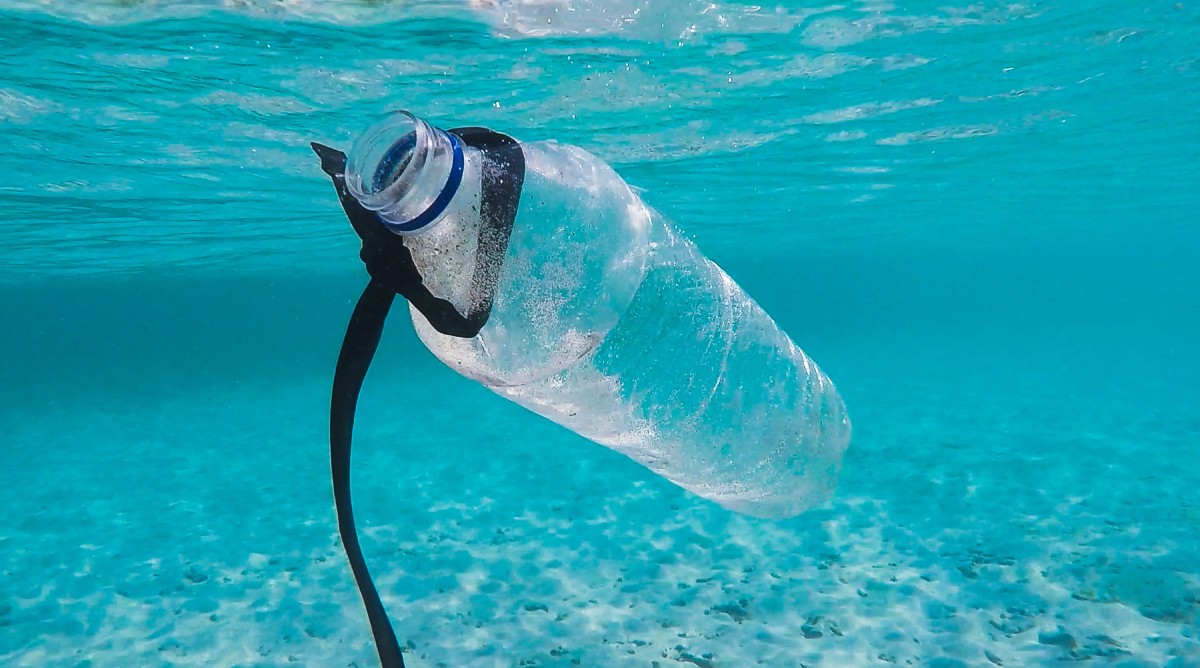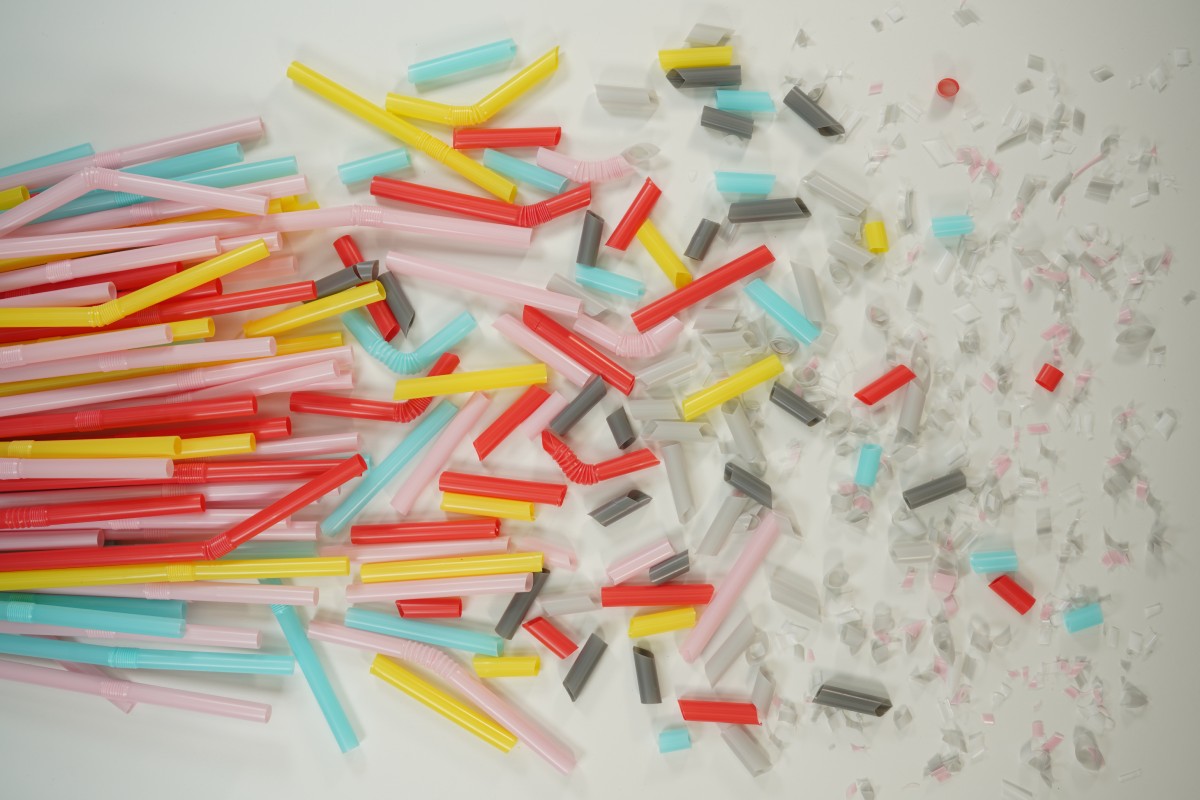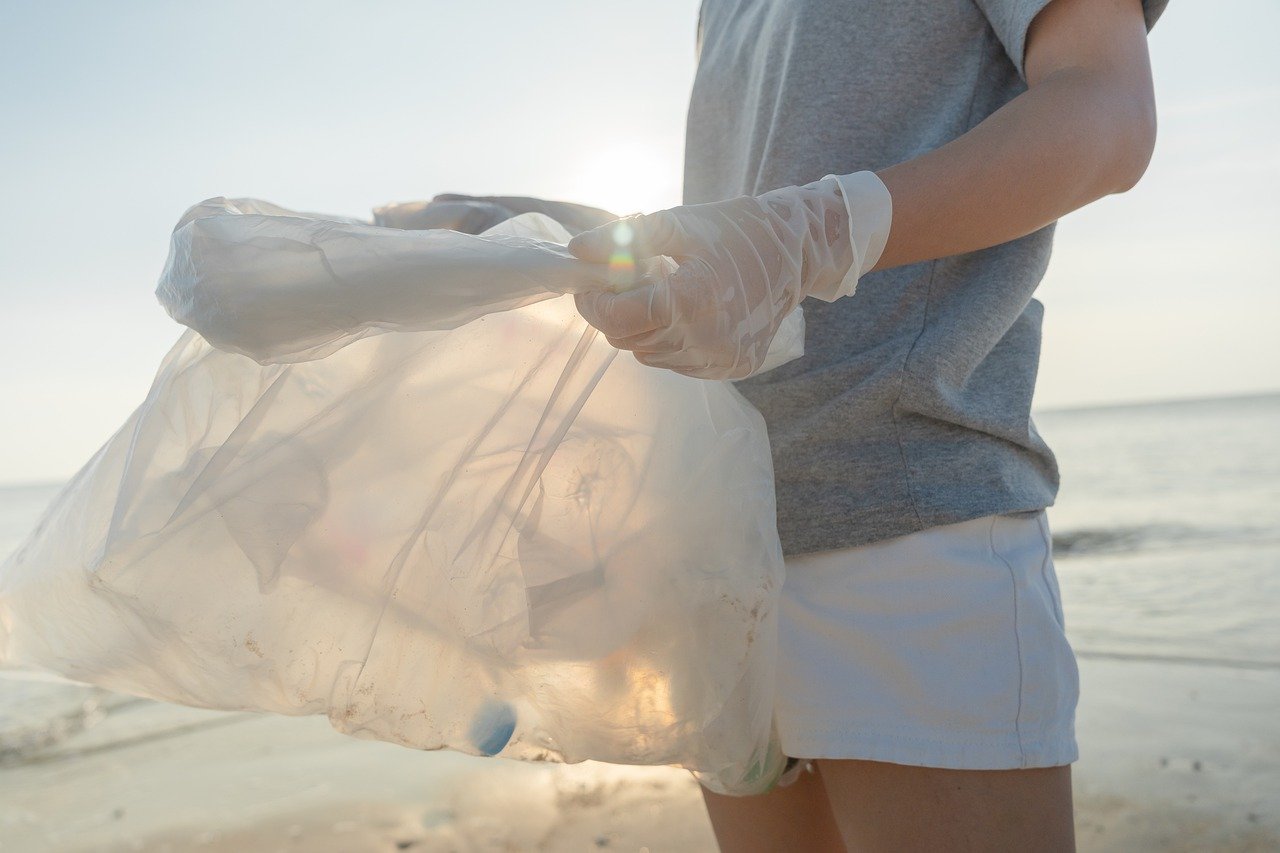Introduction
As we venture into the 21st century, our dependence on plastic has fostered an environmental crisis of unprecedented scale. This article aims to bring the plastic problem into sharp focus, spotlighting its direct impact on our oceans.
Brief Description of the Plastic Problem
The Ubiquity of Plastic
Plastic is a marvel of modern convenience, but it’s also a Pandora’s box of environmental woes. Cheap to produce, durable, and versatile, plastic has found its way into virtually every aspect of our lives. From packaging and toys to medical devices and airplanes, the material’s ubiquity is undeniable.
The Endurance of Plastic
But the very qualities that make plastic so useful — its durability and resistance to degradation — also make it a potent environmental pollutant. When discarded, it doesn’t just disappear; it fragments into smaller and smaller pieces known as microplastics, persisting in our environment for hundreds, perhaps even thousands, of years.
Global Scale of Ocean Plastic Pollution
Plastic Entering our Oceans
It’s estimated that around 8 million metric tons of plastic waste enter our oceans annually — that’s equivalent to a garbage truckload every minute. From local beaches to remote arctic waters, no corner of our global ocean remains untouched by plastic pollution.
Impact on Marine Life
This deluge of plastic is wreaking havoc on marine life. Animals can become entangled in larger debris, while others mistake plastic fragments for food, often with fatal consequences.
The Aim of the Article
Unveiling the Crisis
In this article, we aim to illuminate the scale and severity of the ocean plastic pollution crisis. We’ll delve into the roots of the problem, explore its impacts on marine ecosystems, and consider solutions that can help us navigate a path towards healthier, plastic-free seas.
Collective Action
While the challenge may be daunting, it’s crucial to remember that it is not insurmountable. Through increased awareness, collective action, and systemic changes to our relationship with plastic, we can begin to turn the tide on this crisis. Read on to equip yourself with the knowledge necessary to become an advocate for our oceans and the life they support.
The Journey of Plastic to Our Oceans
Understanding the complex journey of plastic from our hands to the ocean’s depths is critical for confronting the marine plastic pollution crisis. Let’s trace the pathways plastic takes to reach our seas and the role of various natural phenomena in this process.
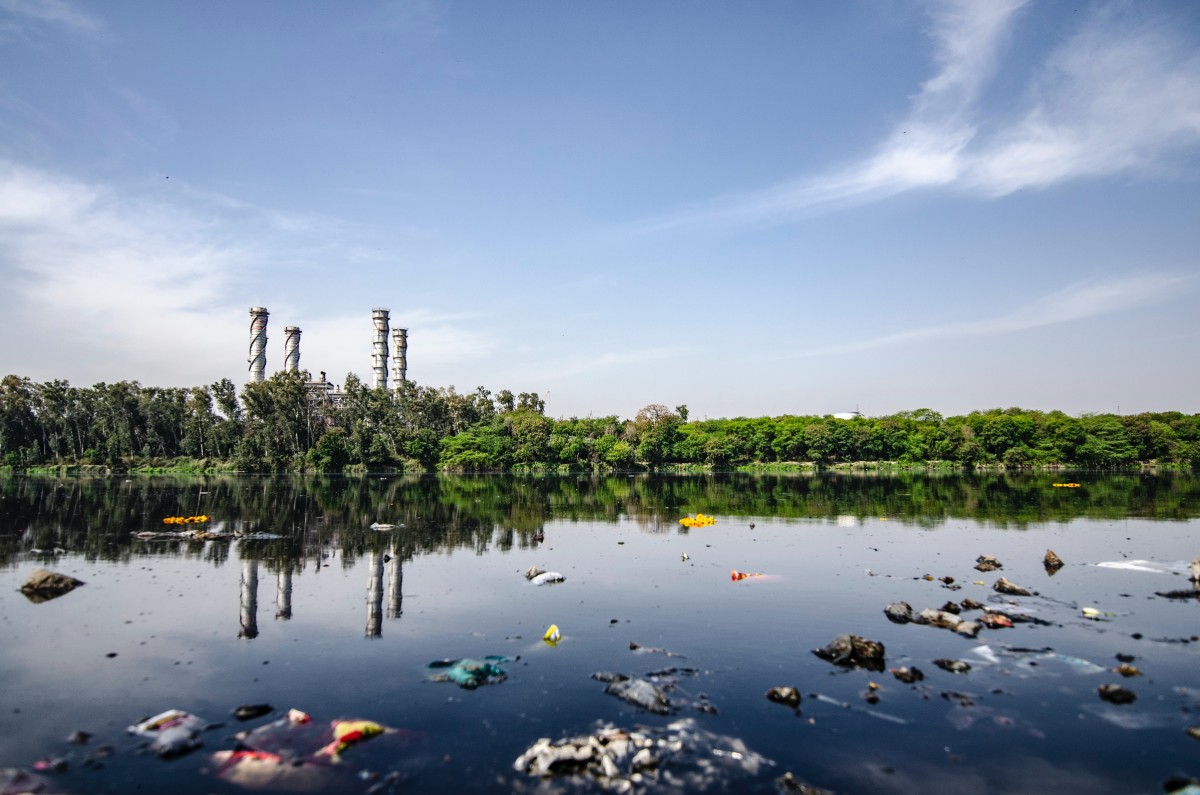
How Plastic Reaches the Oceans
From Land to Sea
Contrary to popular belief, most ocean plastic originates on land. Mismanaged waste, especially in regions without efficient waste collection and disposal systems, often makes its way into the marine environment. This can happen through various routes, such as wind, rainwater runoff, or direct littering on beaches and coastal areas.
Waste Infrastructure and Policies
The state of a region’s waste infrastructure and policies also plays a crucial role. In places where waste management is lacking or ineffective, plastic waste often finds its way into water bodies and, ultimately, the ocean.
The Role of Rivers and Storm Drains
Rivers: Highways to the Ocean
Rivers act like highways, transporting land-based waste to the sea. A staggering amount of plastic carried by rivers comes from a relatively small number of highly polluted rivers, mainly in Asia.
Storm Drains: The Urban Connection
In urban areas, storm drains can serve as direct channels for plastic waste. Rainwater washes litter from streets into storm drains, which often lead to rivers and, eventually, the ocean.
Ocean Currents and Gyres
Nature’s Conveyor Belt
Once in the ocean, plastic is swept up by currents and can travel vast distances. Some pieces of plastic may end up thousands of miles away from their point of entry into the sea.
Trapped by Gyres
Ocean gyres, large systems of rotating ocean currents, play a significant role in concentrating plastic pollution. The Great Pacific Garbage Patch, the most notorious of these gyres, has accumulated a vast amount of plastic debris due to the circulating currents.
In essence, the journey of plastic to our oceans is facilitated by a variety of factors, from inadequate waste management practices on land to the role of rivers, storm drains, and ocean currents. Understanding these pathways is a crucial step in devising effective strategies to intercept plastic waste and keep it out of our seas.
Impact on Marine Life
Plastic pollution poses severe threats to marine life. From the smallest plankton to the largest whales, no species is immune to its impact. The following sections delve into the disturbing consequences of plastic pollution on marine organisms.
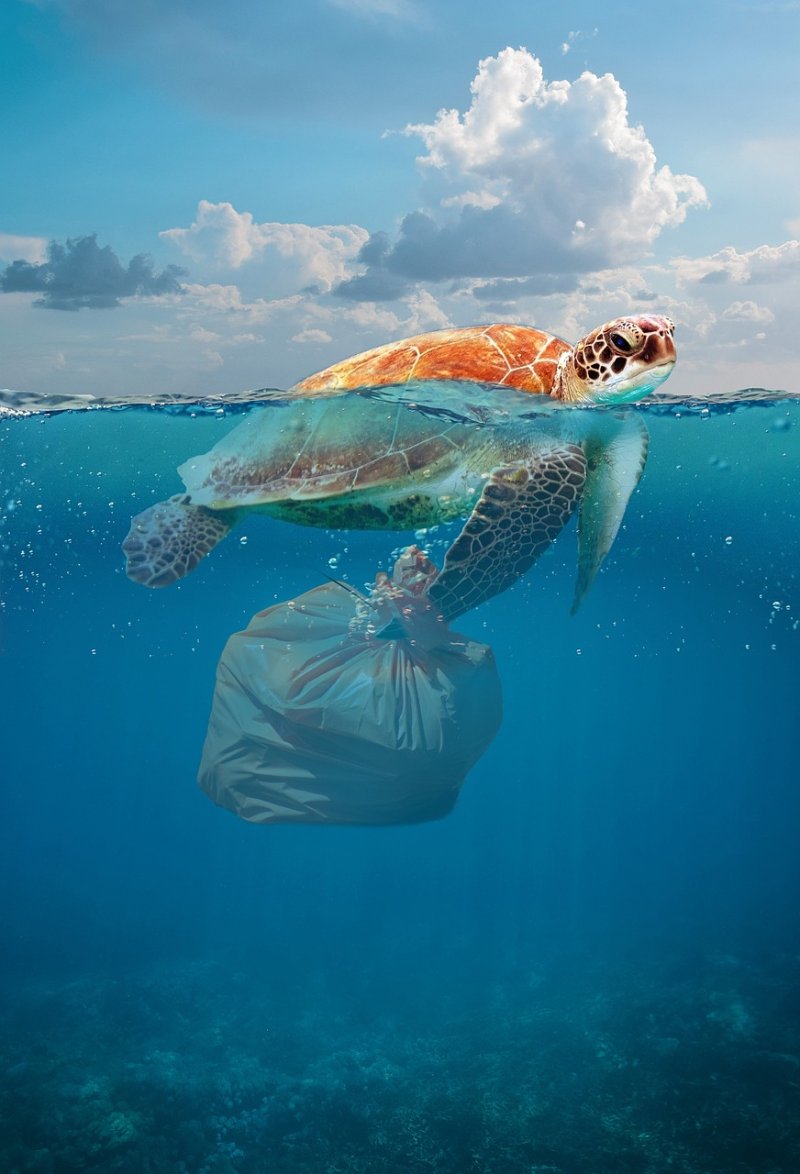
Plastic Ingestion and Starvation
Unintended Consequences of Feeding
Marine animals, especially those that feed on plankton or jellyfish, often mistake floating plastic debris for food. Plastic ingestion can lead to starvation as it gives a false sense of fullness, thereby reducing the urge to feed and leading to malnutrition.
Microplastics: Invisible Killers
Moreover, tiny fragments of plastic, known as microplastics, have the potential to infiltrate the base of the food chain. Small organisms ingest these particles, introducing plastic into the food web, affecting not only those organisms but also larger predators that eat them.
Entanglement Dangers
A Deadly Trap
Entanglement in plastic debris is another major threat to marine life. Animals can get caught in discarded fishing nets, plastic bags, or other debris, which can cause serious injury and often leads to a slow, painful death.
Impact on Species and Populations
Entanglement can affect an individual’s ability to move, hunt, and reproduce, leading to declining population numbers. This is particularly problematic for endangered species, where the loss of even a few individuals can have profound implications.
Habitat Disruption
Smothering Reefs and Seabeds
Plastic pollution can disrupt marine habitats. Floating plastic debris can block sunlight from reaching photosynthetic marine plants and algae that form the base of the marine food web. On the seabed, heavy plastic items can smother and damage delicate benthic ecosystems, such as coral reefs.
Invasive Species Transport
Plastic debris can also act as a raft for species to colonize new areas, potentially leading to harmful algal blooms and invasive species outbreaks that further disrupt marine ecosystems.
In conclusion, the impacts of plastic pollution on marine life are manifold and devastating. From ingestion and starvation to entanglement and habitat disruption, plastic in our oceans is causing a crisis that calls for immediate and concerted action.
Microplastics: An Invisible Threat
While larger pieces of plastic debris are easier to spot and remove, microplastics — tiny particles smaller than 5mm — are an insidious threat to our oceans. This section explores what microplastics are, their sources, and their far-reaching implications for marine food webs.
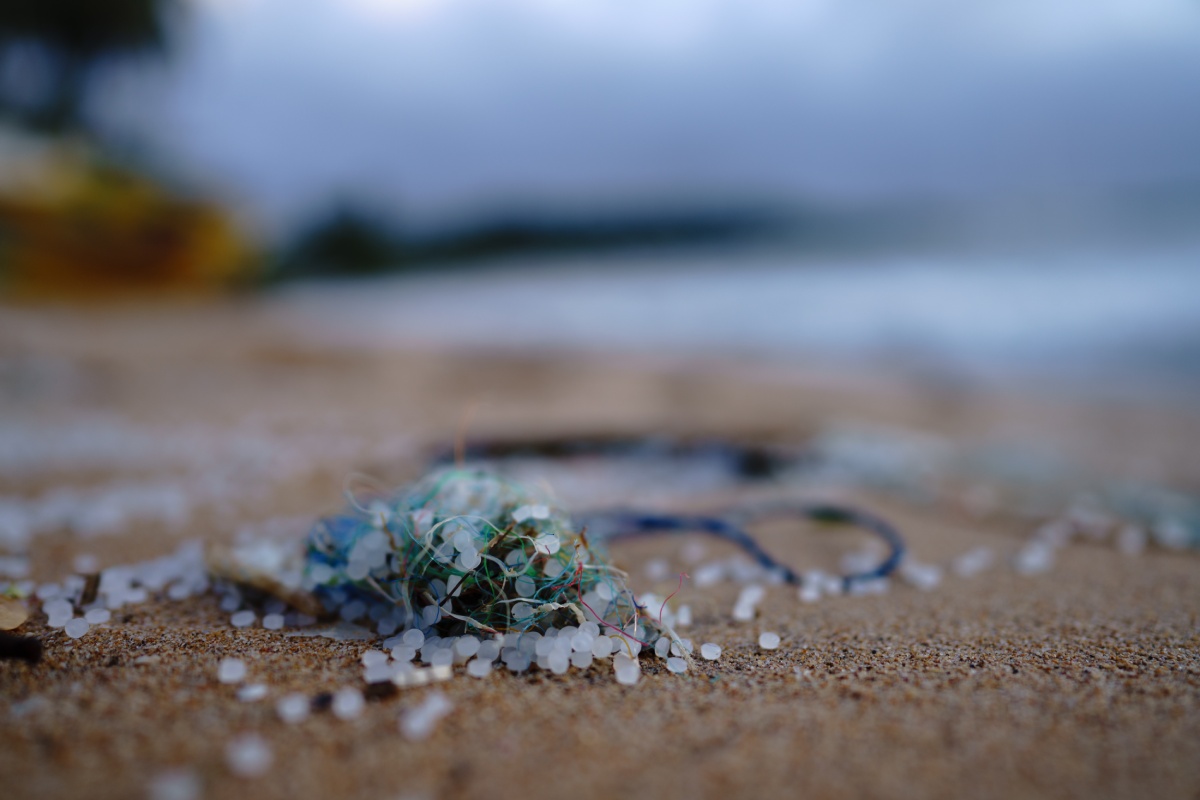
What are Microplastics?
Definition and Classification
Microplastics are small fragments of plastic that are less than 5 millimeters in length. They can be categorized into two types: primary and secondary.
Primary and Secondary Microplastics
Primary microplastics are purposely produced at a small size, such as microbeads in cosmetics or pellets used in industrial processes. Secondary microplastics are formed when larger plastic items degrade over time due to exposure to sunlight and physical abrasion.
Sources of Microplastics
Domestic and Industrial Origins
Microplastics can enter our oceans through various pathways. Household products like toothpaste, face wash, and cleaning products often contain microbeads that get washed down the drain. Industrial processes may also release microplastics directly into waterways.
Breakdown of Larger Plastic Debris
Significantly, microplastics are also formed in the ocean itself when larger pieces of plastic break down. This fragmentation is a result of exposure to UV radiation and wave action.
Microplastics and Marine Food Webs
Entry into the Food Chain
The small size of microplastics allows them to be ingested by a wide range of marine organisms. These particles infiltrate the food chain from the lowest trophic levels — entering the bodies of small creatures like zooplankton and filter feeders.
Biomagnification: From Plankton to Predators
Once inside the food chain, microplastics can ascend to higher trophic levels through a process called biomagnification. When a small fish eats a large number of zooplankton filled with microplastics, those particles accumulate in the fish. Predatory fish and marine mammals that eat smaller fish then accumulate even higher concentrations of microplastics in their bodies.
Implications for Human Health
As we sit atop this food chain, there are concerns about potential implications for human health. While research is ongoing, it’s clear that reducing microplastic pollution is crucial not just for the health of our oceans, but potentially for our own well-being.
Microplastics are a significant and stealthy part of the plastic pollution problem. By understanding their sources and effects, we can better tackle the challenge they present.
Human Health Implications
The plastic pollution crisis not only affects our oceans and marine life but has direct implications for human health as well. Whether through the seafood we consume, our interactions with beach environments, or broader environmental health issues, humans are not immune to the effects of plastic pollution.
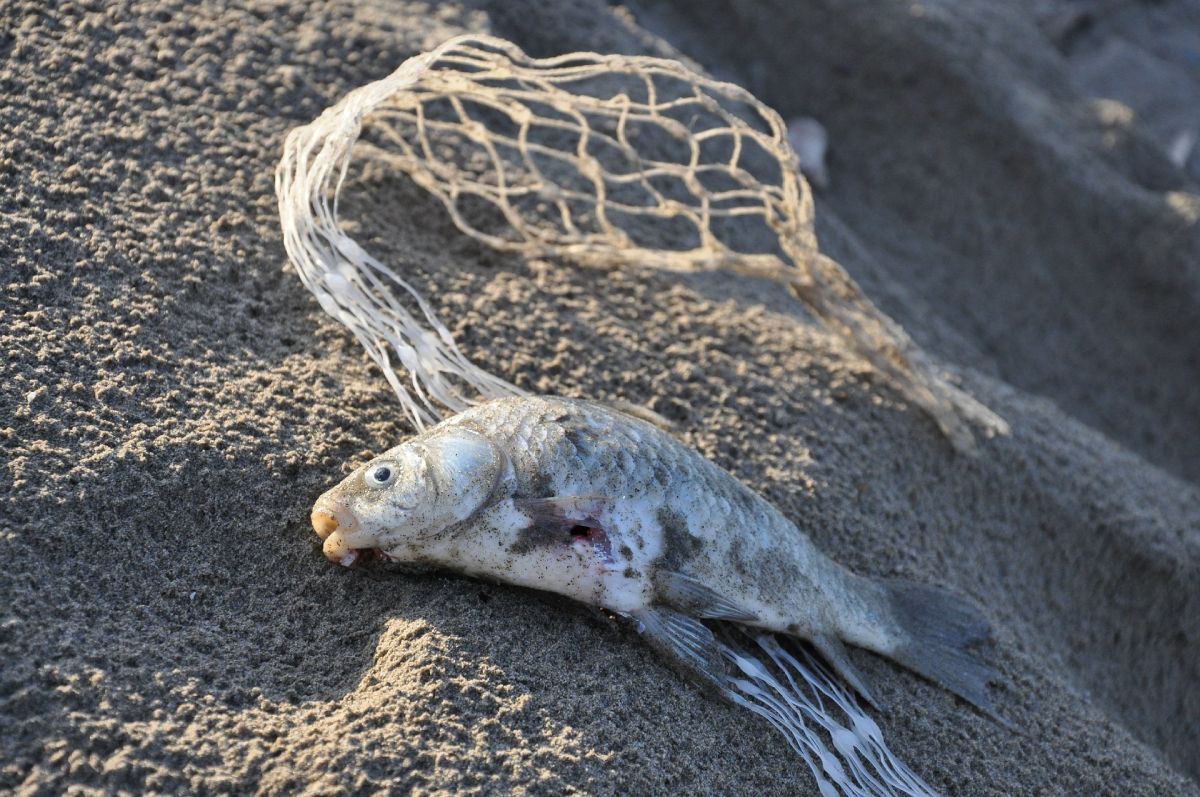
Seafood Contamination
Microplastics in the Food Chain
Plastic waste, particularly microplastics, have infiltrated marine food chains, as various sea organisms mistake these particles for food. As these particles move up the food chain, they can eventually find their way to our dinner plates. Fish, shellfish, and other seafood can carry these tiny plastic particles within their bodies, leading to possible human ingestion.
Potential Health Effects
The health implications of consuming microplastics are still under study. However, plastics are known to carry various contaminants, including heavy metals and harmful chemicals that can leach out and accumulate in body tissues, potentially leading to a variety of health problems.
Impact on Beachgoers
Physical Hazards
Beaches littered with plastic debris can pose a physical threat to humans. Sharp fragments can cause injury, while discarded items like syringes or medical waste can pose a more severe health risk.
Beach Aesthetics and Mental Health
Aside from physical harm, plastic-littered beaches can also affect mental health. Clean, pristine beaches are rejuvenating spaces, while polluted environments can induce stress and anxiety.
Broader Environmental Health Concerns
Ecosystem Disruptions and Public Health
Large-scale plastic pollution disrupts ecosystems and leads to the loss of biodiversity. These disruptions can have unpredictable consequences, potentially facilitating the spread of diseases. For example, certain disease-carrying insects thrive in water trapped in discarded plastic containers.
Plastic Production and Climate Change
The production of plastic is a significant source of greenhouse gas emissions, contributing to climate change—a crisis with broad and profound implications for global public health.
In conclusion, while the scope of human health effects resulting from plastic pollution in our oceans remains under study, there are clear and immediate reasons for concern. Efforts to reduce plastic waste and clean up our oceans will not only benefit marine life and ecosystems but will also serve to protect human health.
Notorious Examples: The Great Pacific Garbage Patch
Few examples highlight the devastating impact of plastic pollution on our oceans as clearly as the Great Pacific Garbage Patch. This vast, swirling vortex of plastic debris serves as a stark reminder of humanity’s global waste problem and its harmful effects on marine ecosystems.
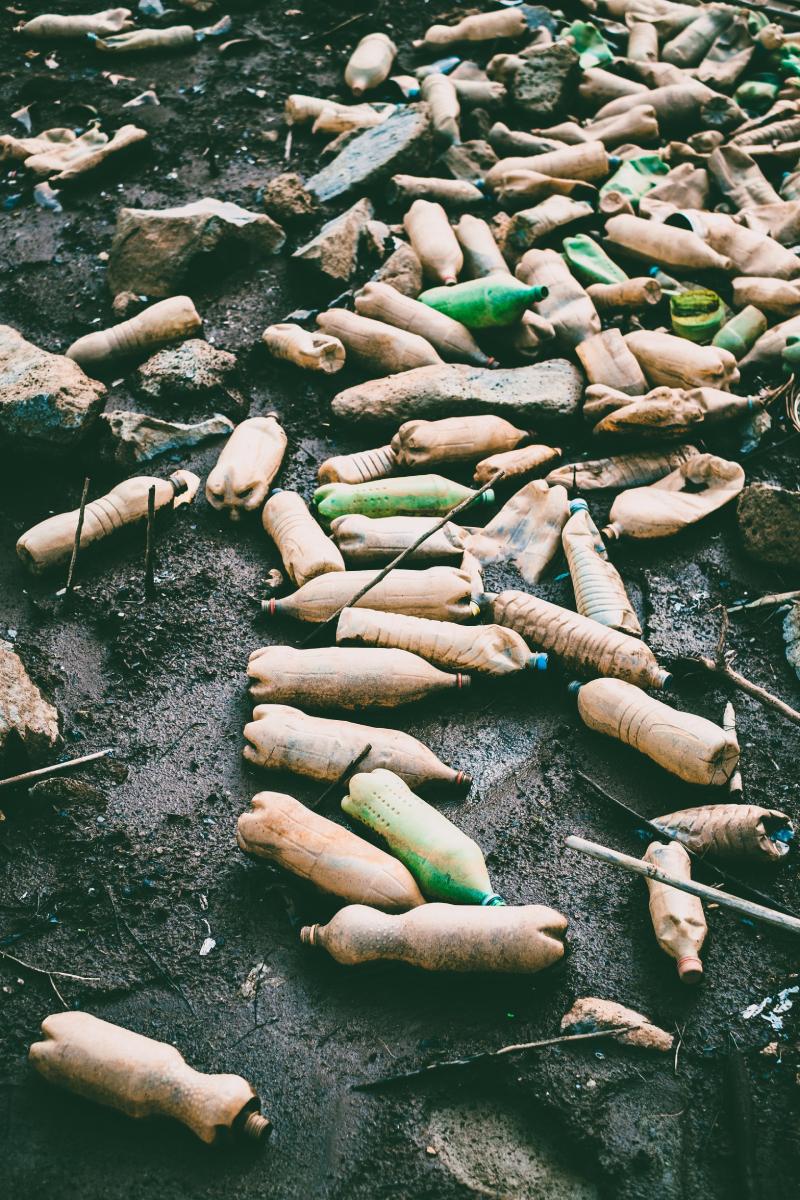
What is the Great Pacific Garbage Patch?
The Nature of the Beast
The Great Pacific Garbage Patch isn’t an island of trash, as some might imagine, but rather a vast oceanic region where the circulating currents, known as the North Pacific Gyre, concentrate plastic debris. It’s estimated to span 1.6 million square kilometers—an area twice the size of Texas—with the concentration of plastic varying across its expanse.
Impact on Wildlife and Ecosystems
A Deadly Trap for Marine Life
This massive accumulation of plastic poses a severe threat to marine life. Animals may become entangled in larger pieces of plastic or ingest smaller pieces, leading to starvation, injury, or death. Furthermore, the garbage patch can transport invasive species to new areas, disrupting local ecosystems.
Microplastics and the Food Web
Microplastics, created as larger pieces of plastic degrade, pose additional problems. These tiny particles infiltrate the food chain, affecting not just individual animals but entire marine food webs.
Efforts to Clean and Prevent
Cleaning the Great Pacific Garbage Patch
Various projects, like The Ocean Cleanup, are working towards removing plastic from the Great Pacific Garbage Patch. These initiatives use advanced technology to collect and remove plastic debris.
Preventing Future Patches
While cleanup efforts are essential, prevention is equally important. Addressing the root cause—our reliance on single-use plastics—is vital. Governmental regulations, public awareness campaigns, and individual actions all play crucial roles in reducing the amount of plastic entering our oceans.
In essence, the Great Pacific Garbage Patch is an alarming physical representation of the plastic pollution crisis. While its existence is undoubtedly disheartening, it also presents an opportunity for humanity to confront our waste problem, inspiring efforts to clean our oceans and rethink our relationship with plastic.
Initiatives Fighting Ocean Plastic Pollution
As the scale and implications of the plastic problem have become clear, numerous initiatives have been established to combat ocean plastic pollution. These efforts, ranging from local beach cleanups to cutting-edge technologies and policy changes, are vital components in the fight against this pervasive issue.
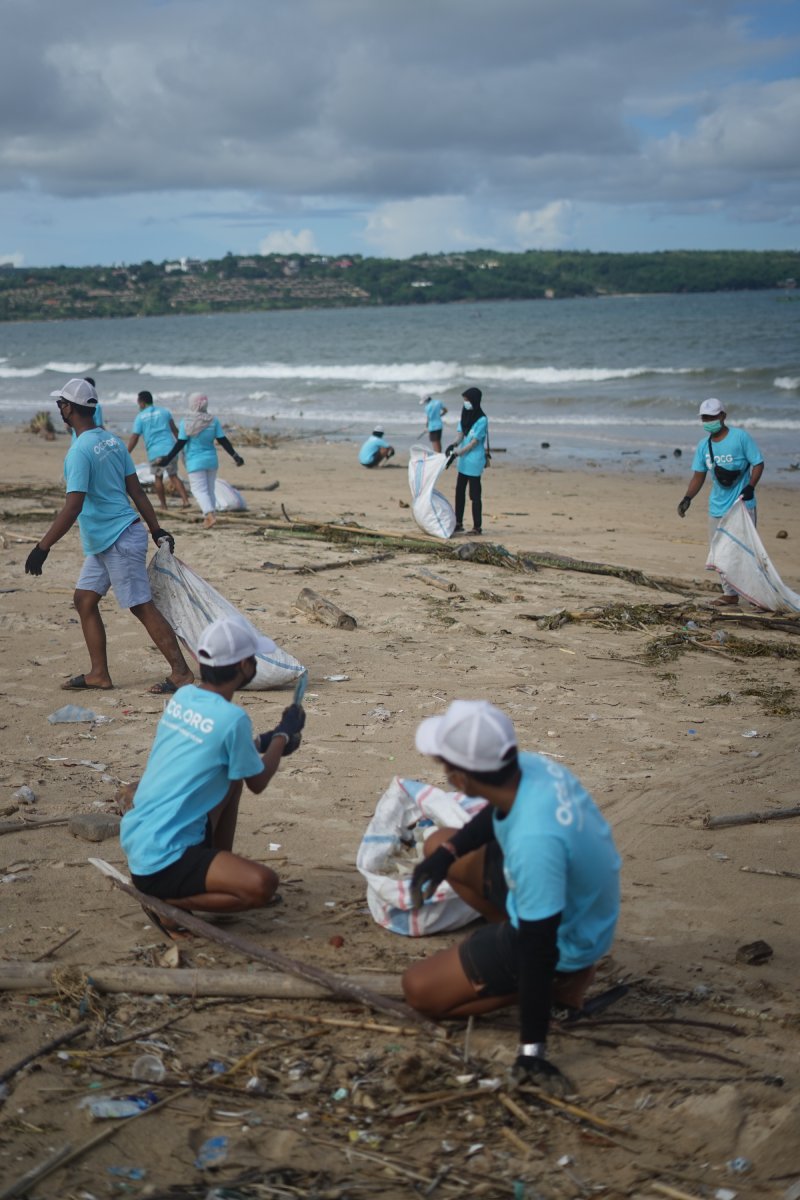
Beach Cleanups
Grassroots Efforts on the Ground
One of the most straightforward ways to combat plastic pollution is through beach cleanups. Volunteers around the world devote their time and energy to picking up plastic waste from our shorelines. These grassroots efforts, while seemingly small, collectively make a significant impact by preventing plastic from entering our oceans and raising awareness about the issue.
Innovative Plastic Cleanup Technologies
High-Tech Solutions to a Global Problem
The challenge of ocean plastic pollution has inspired a wave of innovative solutions. Organizations like The Ocean Cleanup are developing technologies designed to remove plastics from the ocean on a large scale. These include passive collection systems that leverage ocean currents to concentrate and collect plastic debris, and more active systems that physically trawl the ocean surface.
Policies and Bans on Single-Use Plastics
Targeting the Source
While cleanup efforts are essential, prevention is the most effective solution. Governments around the world are recognizing this and introducing policies to reduce plastic production and consumption. Bans on single-use plastic items, like bags and straws, are becoming more common. Meanwhile, extended producer responsibility laws are forcing companies to take responsibility for the lifecycle of their products, including disposal and recycling.
Overall, these initiatives represent a broad and multi-faceted approach to tackling the issue of plastic pollution. They underscore the reality that solving this problem will require concerted efforts at every level, from individual actions to systemic changes. With continued dedication and innovation, there is hope for reducing the plastic that plagues our oceans.
What Individuals Can Do
While the scale of plastic pollution can feel overwhelming, individuals play a crucial role in addressing this problem. Simple actions and conscious decisions can add up to make a significant impact. This section outlines several ways in which everyone can contribute to the solution.
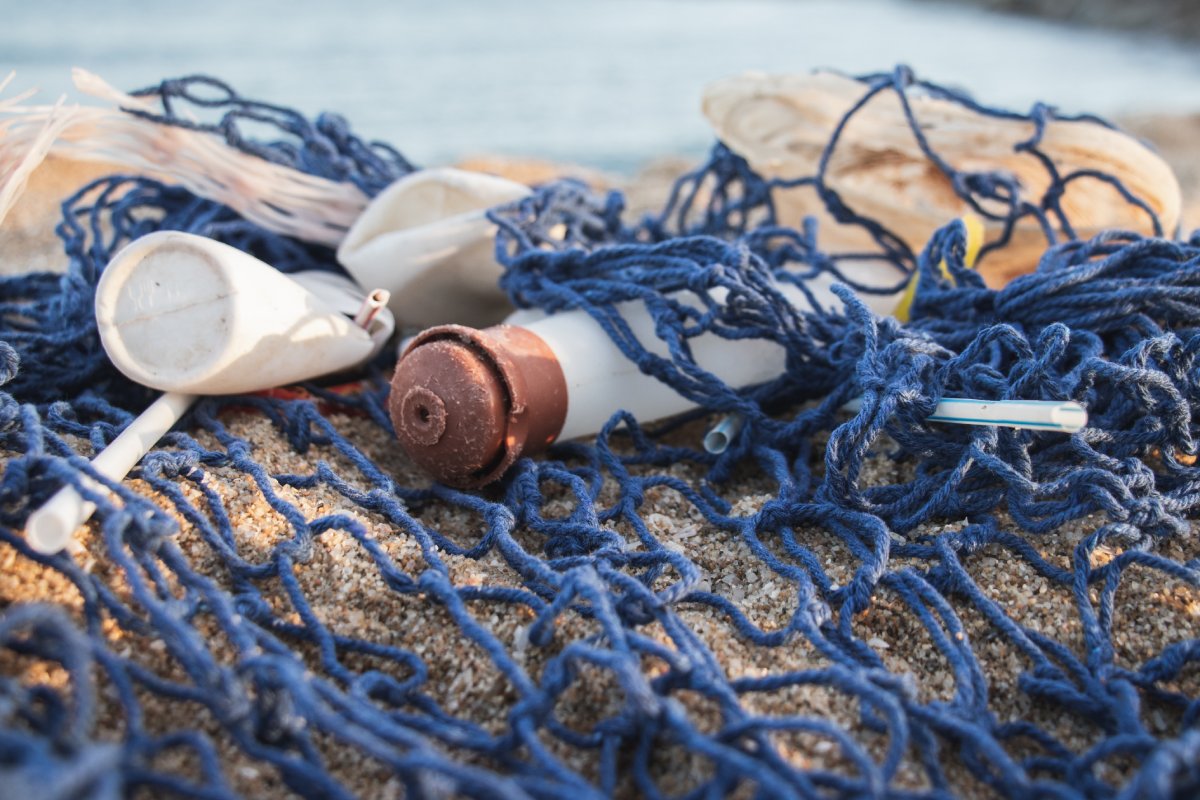
Reducing, Reusing, and Recycling
The Three Rs: A Timeless Solution
The adage of “reduce, reuse, recycle” remains one of the most effective strategies for individual action. Reducing the amount of plastic we consume is the first and most impactful step. When consumption is unavoidable, opt for reusable alternatives or ensure the plastic is recycled. By focusing on these three Rs, individuals can substantially cut down on the plastic waste they generate.
Responsible Consumption Choices
Your Wallet, Your Vote
Every purchase we make is a vote for the kind of world we want. Choosing products with minimal or eco-friendly packaging, supporting companies with sustainable practices, and avoiding single-use plastics whenever possible are all ways to exercise this power. By making conscious consumption choices, individuals can directly contribute to the demand for more sustainable products and packaging.
Advocacy and Education
Raising Your Voice for the Oceans
Advocacy and education are powerful tools in the fight against plastic pollution. By spreading awareness about the problem and its solutions, individuals can influence the attitudes and behaviors of those around them. This might involve sharing information on social media, organizing educational events, or lobbying local representatives to implement more robust policies on plastic waste.
In conclusion, the power to change the fate of our oceans lies not only in the hands of policymakers and companies but also in ours. Through mindful actions and decisions, we can collectively turn the tide on plastic pollution and safeguard our oceans for generations to come.
Progress and Challenges
As we grapple with the devastating effects of plastic pollution, it’s important to recognize both the victories and challenges that lie ahead. This balance keeps us grounded in reality while fuelling our optimism. Here, we’ll examine some of the successful strategies implemented, discuss the hurdles that still exist, and underscore the value of continued research in our fight against plastic pollution.
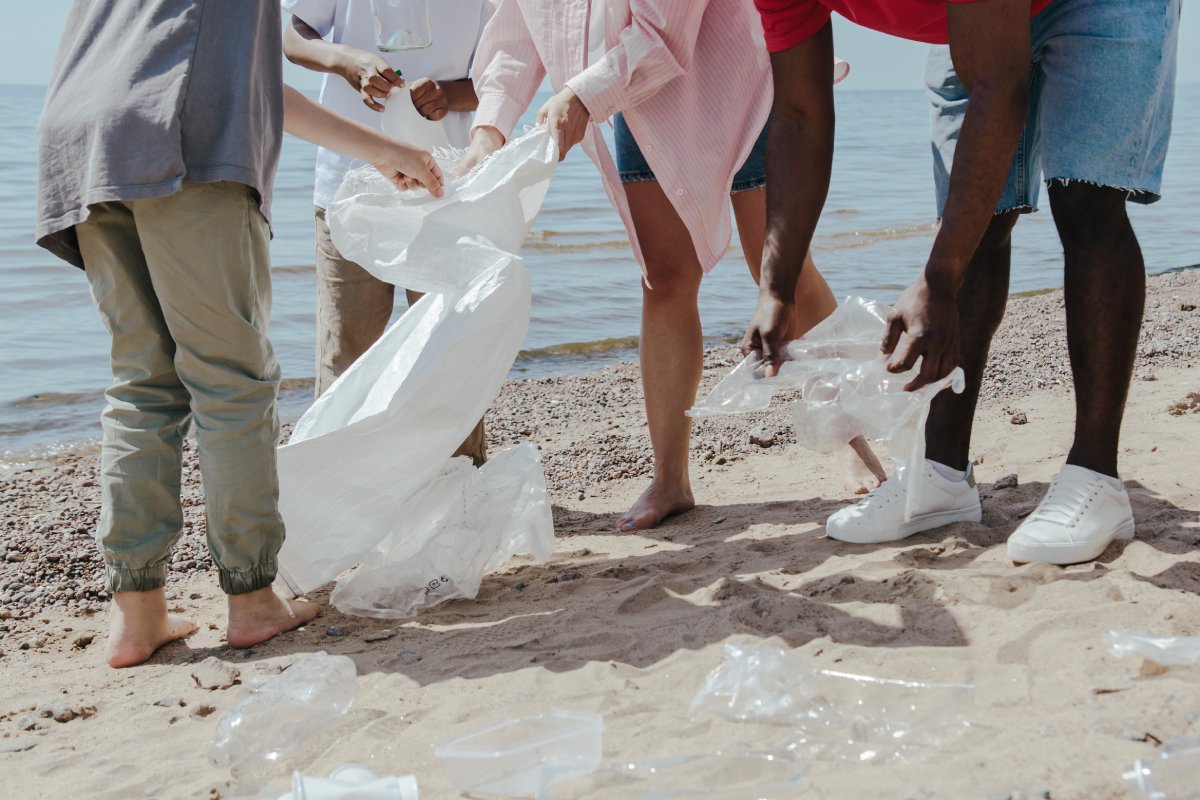
Success Stories in Plastic Reduction
A Beacon of Hope
While the problem of plastic pollution may seem insurmountable, success stories from around the world provide much-needed hope. Nations have implemented plastic bans that have resulted in dramatic reductions in plastic waste. Innovative startups have developed technologies capable of effectively removing plastics from our oceans. Grassroots movements have led to powerful changes at the local level. These victories, though small in the face of a global issue, prove that progress is possible.
Current Challenges and Future Projections
A Race Against Time
Despite the successes, we face substantial obstacles. Single-use plastics continue to pervade our lives due to their convenience and low cost. Developing nations struggle with waste management infrastructure, leading to higher rates of plastic leakage into our oceans. And the sheer scale of plastic production and waste is projected to increase with population growth. These challenges underline the need for urgent, collective action.
Importance of Ongoing Research
Knowledge as Power
Ongoing research plays a critical role in overcoming these hurdles. As we learn more about the impacts of plastic pollution, we can develop more effective strategies for its prevention and clean-up. Additionally, research into alternatives to conventional plastic can lead to the development of more sustainable materials. The pursuit of knowledge will be key in navigating the challenges that lie ahead.
In conclusion, while we’ve made significant strides in combating plastic pollution, the road ahead is long and filled with obstacles. But armed with determination, innovative thinking, and the lessons learned from our successes, we can rise to meet these challenges and ensure a healthier future for our oceans.
Conclusion
In concluding this comprehensive look at the impact of plastic on our oceans, it’s crucial to revisit the key points, understand the urgency of the situation, and inspire everyone to take tangible actions. We’ve journeyed from the production of plastic to its grave effects on marine life and human health, emphasizing the need for immediate attention and action.
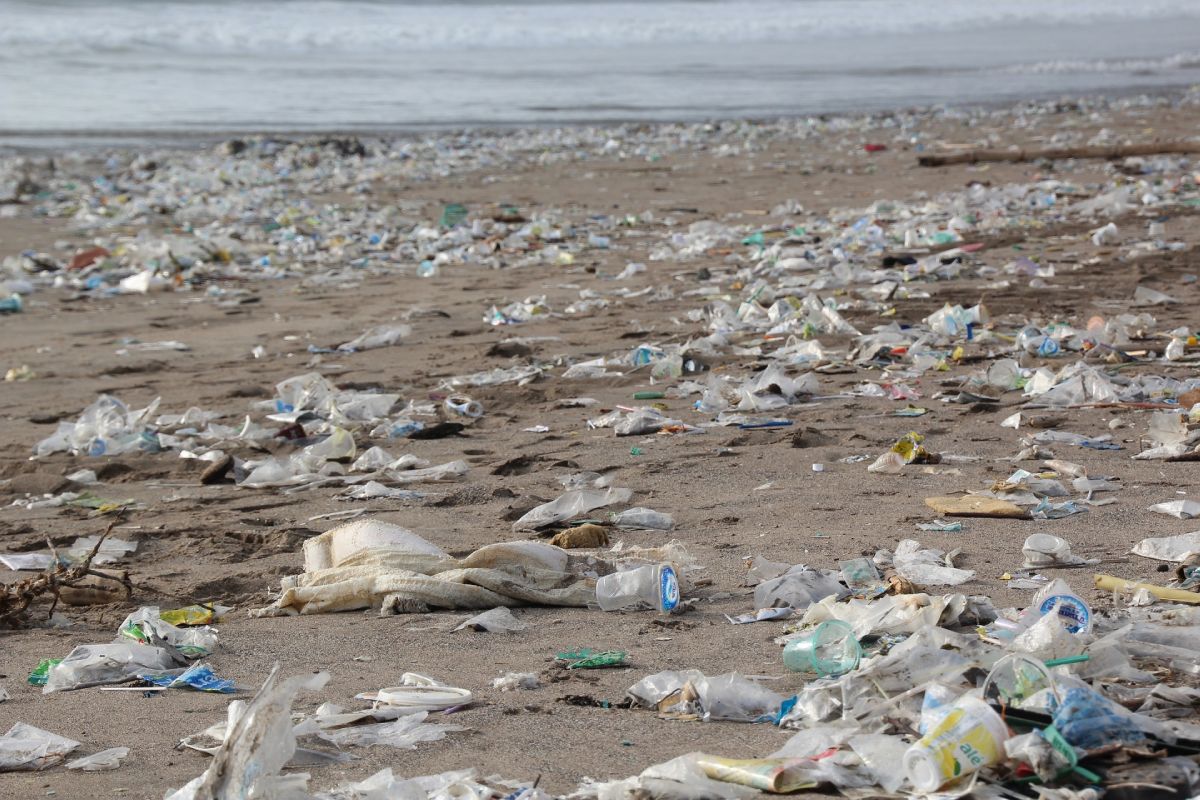
Recap of Plastic’s Impact on Oceans
A Global Threat
Plastic pollution is not just a minor inconvenience or a sight for sore eyes. It’s a global crisis that’s disrupting our marine ecosystems, endangering countless species, and threatening human health. From visible floating debris to invisible microplastics, our oceans are under siege, and the scale of the problem underscores the severity of the situation.
The Urgency of Addressing Plastic Pollution
Time is of the Essence
The threat posed by plastic pollution is immediate and demands urgent attention. Every piece of plastic that finds its way into the ocean is a time bomb, waiting to wreak havoc on marine life and ecosystems. And with projections indicating an increase in plastic production and waste, the urgency to act cannot be overstated.
Inspiring Readers to Act for Ocean Health
Be the Change
Finally, let’s remember that change begins with us. As individuals, we can make choices that reduce our plastic footprint. We can support policies and companies that prioritize sustainability. We can participate in cleanups and educate others about the issue. It’s up to us to safeguard our oceans for future generations.
In essence, while the problem of plastic pollution in our oceans is significant and daunting, it’s not insurmountable. It’s a battle that we can win if we understand the severity, act with urgency, and take on the responsibility. So, let’s rise to the challenge and work towards an ocean free from the clutches of plastic pollution.

